After my trip to the range today, I noticed how vertically strung my groups can sometimes get. And it's not just on my .22LR like today, I looked back on my best groups from taking my AR out with 69gr SMKs, and I think I'm seeing SOME vertical stringing going on?
I'm not sure. Just trying to learn the true symptoms of vertical stringing in my groups, what it means about the weapon, and moreso, about myself and how/what I'm doing.
Some imagery to help:
From today (3/18/12) with my CZ 452V:
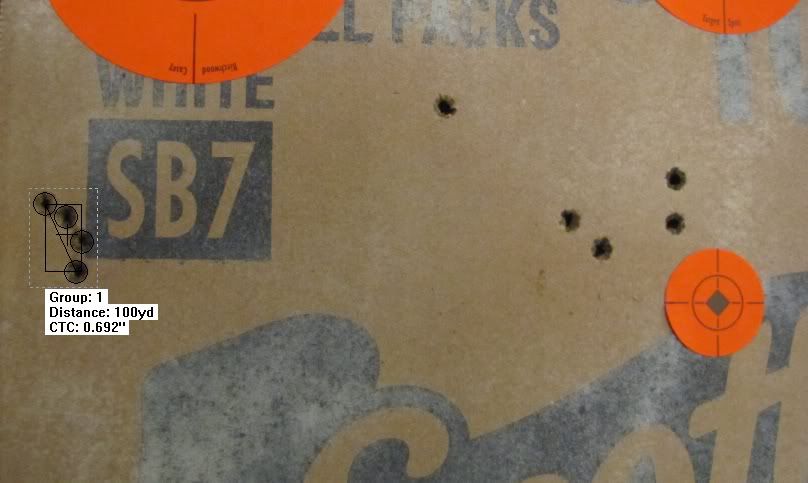
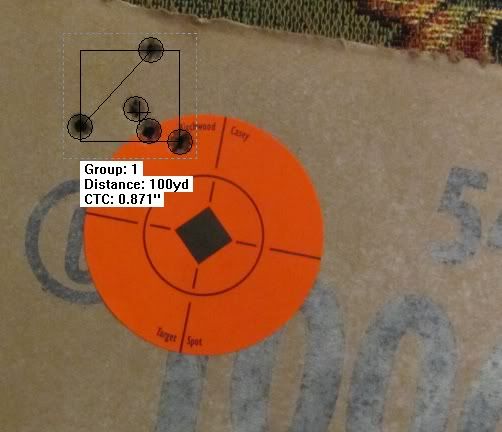
From a trip prior (1/8/12), same rifle:
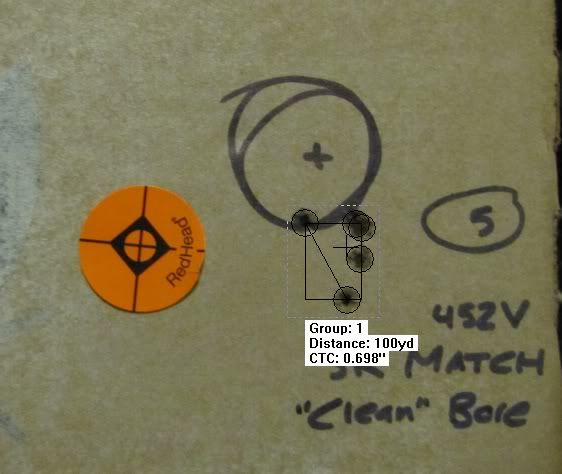
Same trip, with the Sig 522:
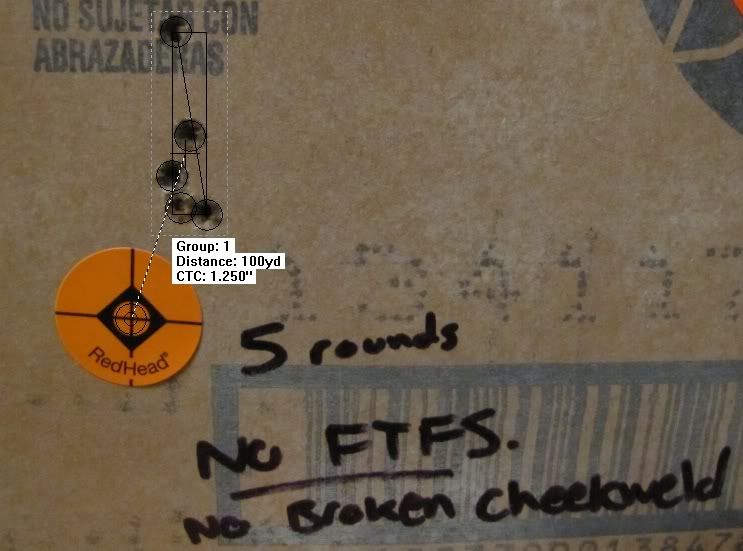
From when I took the AR out (1/6/12):

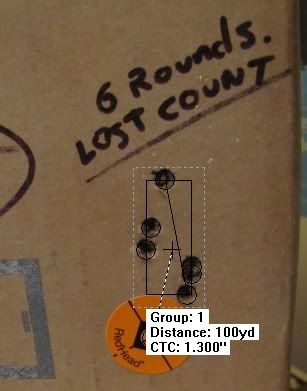
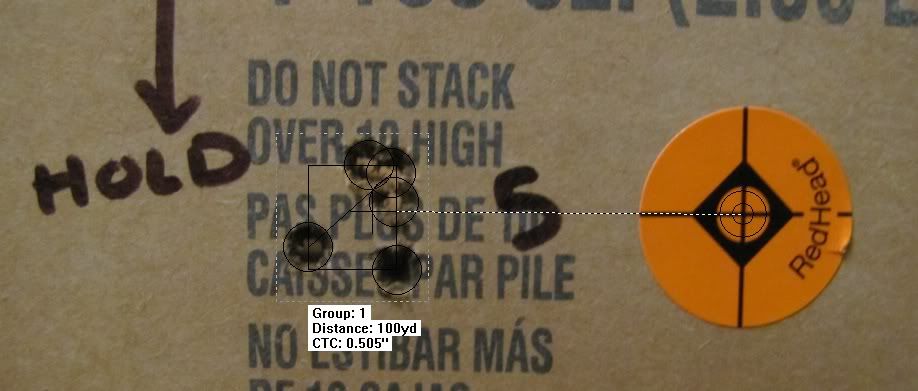
If I'm seeing things, please correct me. Thanks for your input in advance 'Hide.
I'm not sure. Just trying to learn the true symptoms of vertical stringing in my groups, what it means about the weapon, and moreso, about myself and how/what I'm doing.
Some imagery to help:
From today (3/18/12) with my CZ 452V:


From a trip prior (1/8/12), same rifle:

Same trip, with the Sig 522:

From when I took the AR out (1/6/12):



If I'm seeing things, please correct me. Thanks for your input in advance 'Hide.


